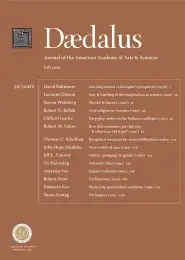Politics, pedagogy & gender (1987)
In the mid-nineteenth century the public education system of the United States drew its corps of teachers from the nation’s population of young women. In contrast, European public education remained a male-dominated enterprise until well into the twentieth century. Traditionally, the United States’ early and extensive recruitment of female teachers has been interpreted as a sign of enlightened attitudes about women and their place in society. Horace Mann’s innovative Massachusetts normal schools, which trained young women to be teachers, are customarily cited as examples of feminism in action. So, until recently, was the career of Catherine Beecher, the archetypal proselytizer for the female teaching profession. The development of a public elementary school system before the Civil War and the extension of that system through the establishment of secondary schools in the last quarter of the nineteenth century provide a happy ending to the traditional story of the establishment of the first “women’s” profession.1
Underlying this popular history of women in teaching is the assumption that access to new work opportunities has the same meaning for everyone. If we stop to ask what gender meant for the nineteenth-century founders of American public education, however, the story takes on new levels of meaning. Some of its themes speak directly to our educational dilemmas today. Its interest lies not in the sex of the teachers who staffed America’s one-room schools but in the political and psychological images that men and women held regarding the gender of those teachers. The story of women’s opportunities to enter teaching as a respectable occupation for single women outside the home is a case study in the meaning of access. Examination of the case of women teachers’ recruitment in the mid-nineteenth century should make us rethink the incremental model of change that is presumed to characterize the liberal state.
. . .
